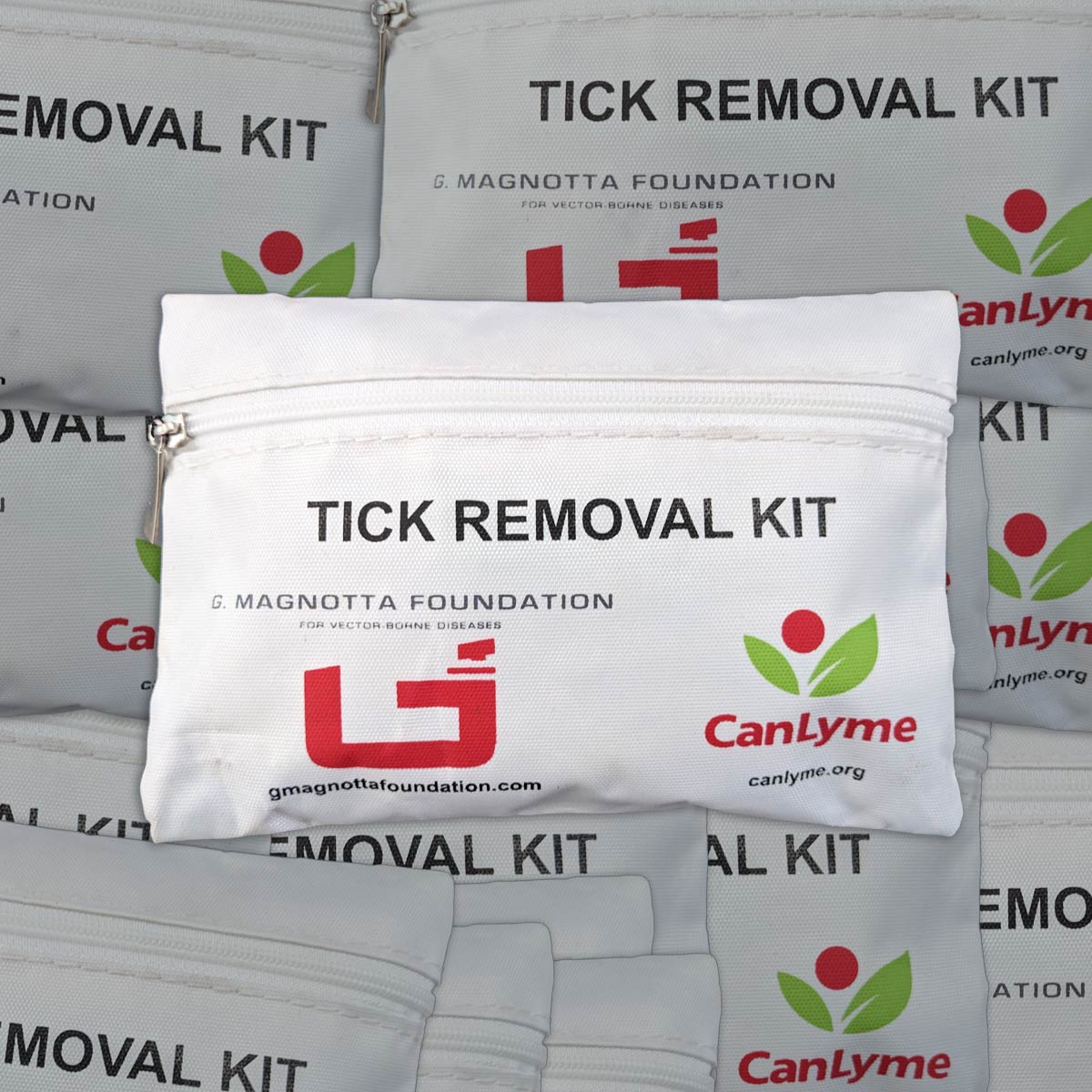19. Continuing medical education for physicians

As Dr. Maloney says, “Research is our way out of this.” This is our kind of expert leading the way in the field. In today’s podcast, Sarah explores a comprehensive (and free!) online education program designed for healthcare professionals, which was founded by Lyme disease expert, Dr. Betty Maloney.
Dr. Maloney became interested in Lyme disease when she realized that what she was seeing in her medical practice did not align with her medical training and scientific education. This led her to apply her clinical skills, listen carefully to her patients, and eventually help educate other physicians regarding Lyme disease. It inspired her to support patients through her work with the Minnesota Lyme Association.
Dr. Maloney describes the evolution of her training from all-day seminars to present day online CME-accredited (continuing medical education) courses available at LymeCME.info The courses are an invaluable resource to physicians and the patients they care for as they are offered online for free. She notes that despite the accessibility of these courses, many physicians are not aware that they exist. The CME courses are accredited in the US, individuals would need to research whether the accreditation applies to their profession and jurisdiction.
“I realized that we needed to change how physicians were educated on tick-borne diseases and I started with Lyme disease because that was the best known of tick-borne diseases.”
Dr. Elizabeth Maloney
Get access to our education funding. Funding grants available!
Sarah recalls seeing Dr. Maloney’s presentation on Lyme disease at the 2016 Canadian Conference to Develop a Framework for Lyme Disease. Dr. Maloney notes that although the conference brought greater awareness of the problem of Lyme disease in Canada, it failed to “move the ball very far” in terms of real change. As a peer reviewer for the Canadian Institute of Health Research, Dr. Maloney sees science and research as a way forward to address tick-borne illnesses.
She notes that institutional bias and “group think” in research and medical practice is particularly unhelpful when the body of knowledge is as limited as it is with Lyme disease. Dr. Maloney ran into this challenge during the peer review process while publishing the International Lyme and Associated Diseases (ILADS) guidelines. She notes that the authors were at times critiqued not for the scientific evidence they were presenting, but simply for their association with ILADS.
“It’s a reminder (for) physicians to trust your clinical judgement, learn what Lyme can look like, so learn the pattern of Lyme disease and then you can layer on serologic testing… I wouldn’t necessarily throw out the clinical impression because of what the test result was… a negative test does not necessarily rule out the infection.”
Dr. Elizabeth Maloney
Dr. Maloney reflects back on how her early medical practice in Guam influenced her treatment of Lyme patients in the US. Without access to many of the routine diagnostic tools available in the US, she was driven to rely on her own assessment skills and in-depth patient histories in order to make critical treatment decisions. She points out the value of developing these skills rather than simply relying on lab tests to guide treatment. Dr. Maloney prefers to see patients and physicians as partners, each bringing different but important information into the therapeutic relationship. She encourages patients to find ways of organizing and presenting their health history in order for the process to go more smoothly. Dr. Maloney has agreed to join us in a future podcast to offer guidance about how to speak to your doctor about Lyme disease…stay tuned.
Did you know that tick territory is expanding beyond preferred tick habitats? Dr. Maloney recognizes that ticks can be transported outside of their usual habitat by our pets and also by deer that are moving between forests and towns or even cities. Her passion for prevention shines through in her work with many outdoor associations, gardening groups, and school nurses. She encourages the use of bug repellant on exposed skin as well as the safe use of permethrin treatment for clothing. [Note that although Permethrin is not available in Canadian stores, Mark’s Work Wearhouse carries a line of treated clothing].
Dr. Maloney gives us some tips on how to do a proper tick check, noting the importance of good lighting, checking all areas of the body and employing either a mirror or, better still, another person to check for ticks on the back half of your body. She recommends that campers check for ticks in sunlight and while still in their bathing suits, rather than when it gets dark outside.
“Research is our way out of this.”
Dr. Elizabeth Maloney
Sarah and Dr. Maloney explore the cost of having Lyme disease and the difference in treatment expenses between early and late Lyme disease. She cites one research study that found those who had as little as one symptom remaining after early Lyme treatment were likely to incur over $2000 in medical expenses in the following year. She notes that those who face multiple symptoms and disability due to delayed diagnosis and treatment face significantly higher costs due to the disease. Dr. Maloney circles back to the role of LymeCME.info in physician education, and the importance of understanding Lyme symptoms, and of early diagnosis and adequate treatment.
Dr. Maloney leaves us with a brief description of the shortcomings of current testing protocols, and reiterates the critical role of understanding Lyme disease symptoms and patient history in diagnosing Lyme disease. She notes that blood tests may be helpful in confirming the diagnosis, but that a negative test is not enough to rule out the disease in the presence of Lyme symptoms. Dr. Maloney describes the interplay between sensitivity and specificity and points out that a more in-depth explanation is presented in two LymeCME modules dedicated to that subject.
Thank you Dr. Maloney for your time and for developing these amazing educational resources aimed at helping clinicians better understand tick-borne diseases!
- Lyme CME (free, evidence-based, AAFP-accredited courses that physicians can trust)
- Economic Impact of Lyme (Zhang et. al., 2006)
- Health Care Costs, Utilization and Patterns of Care following Lyme Disease (Adrion, Aucott, Lemke & Winer, 2015)








